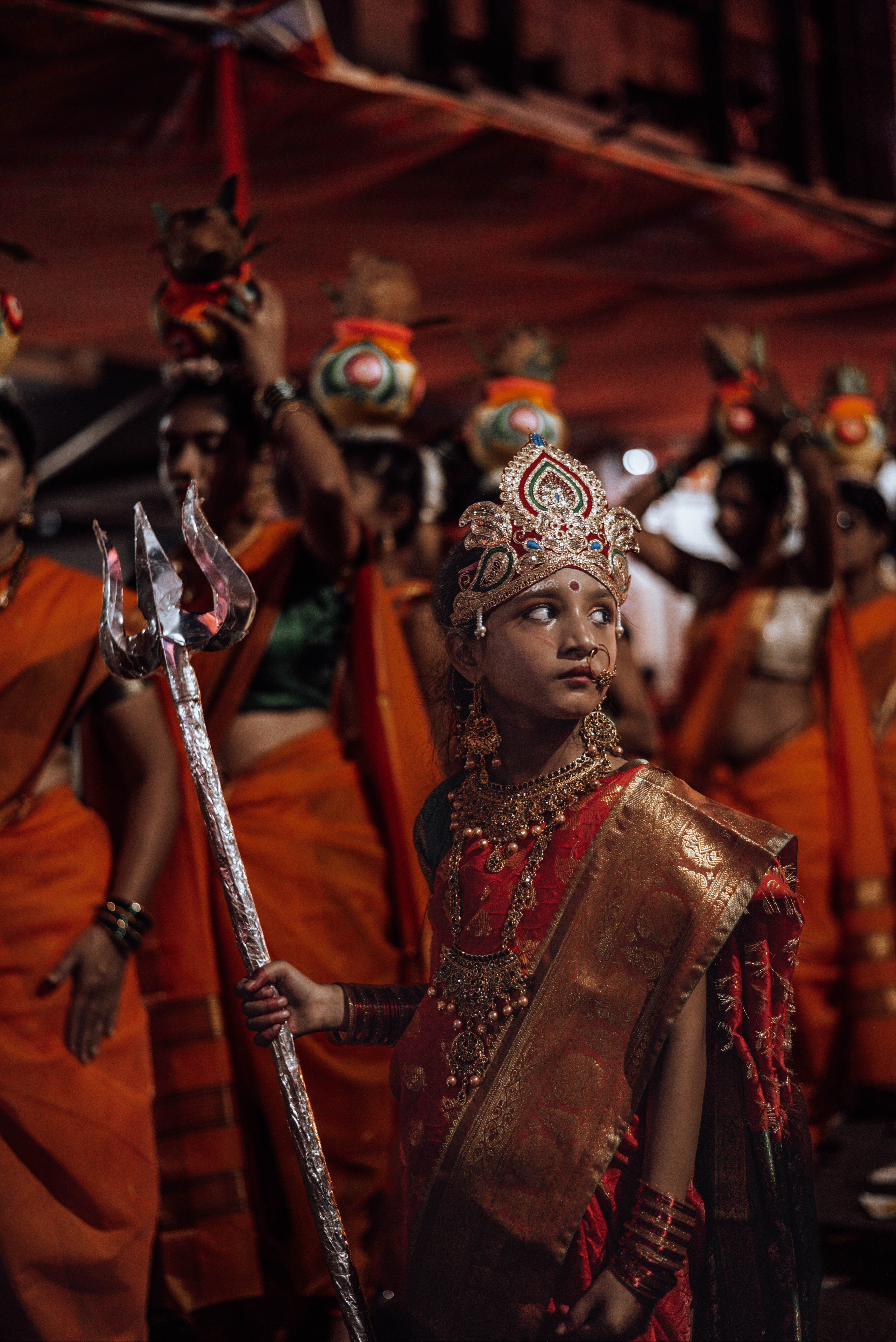In the divine tradition of Hinduism, the supreme divine entity of power, protection, and vitality exists in different manifestations and embodiments in the form of Maa Durga. Every manifestation of Maa Durga represents distinct traits and strengths, enabling followers in comprehending all aspects associated with her divinity. Here are ten significant forms of Maa Durga and the unique symbolism they carry:
1. Durga: The Invincible Warrior Goddess
The most notable and revered form of Mata Durga is Durga. She is depicted as the ten-armed warrior goddess sitting on a lion and signifying strength, boldness, and bravery. Durga has many hands that have weapons, indicating that she is ready to defend and safeguard her worshipers and crush evil powers.
2. Mahishasuramardini: The Slayer of Mahishasura
Another fearsome depiction of the goddess is that of Mahishasuramardini, who prevailed over the shape-shifting demon known as Mahishasura. In this form, Maa Durga represents an example of supremacy of good over evil.
3. Parvati: The Loving and Devoted
Maa Parvati embodies the kind of domestic love in Maa Durga. She is the embodiment of devotion as the bride of Lord Shiva along with happiness in the nuptial union and the maternal virtues of care. Parvati symbolizes goddess’s concern for her children as she nurtures Lord Ganesha and Lord Kartikeya.
4. Ambika: The Mother of the Universe
The cosmic energy that fills the whole universe is represented by the second form of Maa Durga who is called Ambika. The image of Ambika has several hands in it carrying different things which are showing that she is all-in-all as well as universal Mother.
5. Annapurna: The Provider of Nourishment
Annapurna is a goddess, who represents food and nourishment. She promotes the culture of giving thanks for the support offered by the environment and deified for generosity. Food suppliers pray to her for abundant provisions of food.
6. Bhairavi: The Fierce Warrior Goddess
Bhairavi is a ferocious version of Maa Durga, symbolizing divine energy with unruly force. Bhairavi stands for destruction and transformation demonstrating that creation and destruction can never be seen apart.She represents fearless power in overcoming impediments and adversity.
7. Kali: The Dark and Fearsome Goddess
Kali represents the black and ferocious form of Maa Durga who embodies the powerful natural forces. She is usually shown with a crown of cut off heads and a skirt composed of hands and symbolizes the annihilation of personality, insanity, and evil. Kali just reminds us that there is a cycle in nature, where there exists both life and death.
8. Chamunda: The Slayer of Demons
Chundra is an incarnation of a ferocious warrior goddess who helped in eradicating the two demons named as Chanda and Munda. She is the untiring pursuit of truth and justice. Chamunda is shown with a necklace of skull and a sword, as she represents an evil-killer.
9. Katyayani: The Warrior Princess
Maa Durga’s form of a warrior princess is called Katyayani. This personifies her as brave, courageous, and sometimes riding on a lion holding diverse weapons. People go to her seeking the fortitude and power.
10. Tara: The Compassionate and Soothing Form
One of Maa Durga’s peaceful forms is Tara. She symbolizes calmness as well as inner comfort for all those that would look up upon her favouring them. Thus, Tara is commonly portrayed as a soft and peaceful goddess.
The ten aspects in which Maaii Durga symbolizes her various characteristics and powers are as follows. The believers worship and hope for blessings through these incarnations according to their own necessities and idealistic imaginations of divine mother with diverse facets of significance.

